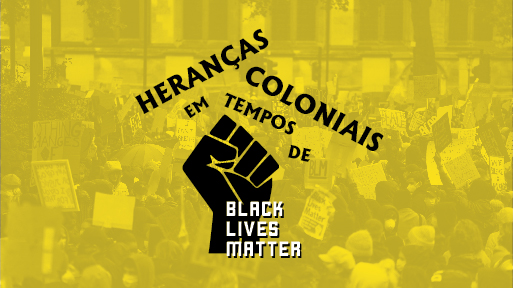Colonial Legacies in Times of 'Black Lives Matter'
CES Studies
Spectacles of violence: passivity and agency in photographs of the Civil Rights and Black Lives Matter movements
Maria José Canelo
Everything is a Story: Creative Interactions in Anglo-American Studies
About
This is a comparative study between the Civil Rights Movement (CRM) and the Black Lives Matter (BLM) based on photographic representations. Very often similarities between these two social movements are pointed out, since the cause of racial justice is mutual. Taking into account, however, BLM's own rejection of this approximation, I propose, in the article, and on the basis of other studies, to analyse the extent to which the photographic representations circulating in the media (some, of the CRM, iconic), namely the interaction between demonstrators and police forces, are different in each case; I also reflect on the possibility of emerging perceptions about the capacity of active intervention of the black community, mobilised for change, due to this difference.
In my view, the iconic CRM photographs of the 1960s suggest a secure progressivism, still very much committed to systemic racism, which emerges in the photographs through representations of passivity and victimisation of the black community. The iconic power of these representations results from the normalisation of a history of this period centred on the non-violence movement led by Martin Luther King and the NAACP and the invisibilisation of other activist groups with very different orientations, such as the Black Panthers. It is from this line of representation that the BLM demarcates itself; the representations of the movement tend to suggest forms of contestation, denunciation, and relationship with the forces of law and order that highlight the agency of the members of the movement. In my view, the photographs constitute a visual discourse no less powerful than that of museum exhibits or public statues; in fact, they are all constituents of the same visual regime that attributes meanings to images and complements or contests the dominant narrative.
I therefore analyse issues of power and agency from a critical reading of images, proposing that the photographic representations of the BLM suggest meanings that may disrupt the dominant visual regime and advance alternatives to the meaning of social relationships and dynamics, in this case, in the United States.


